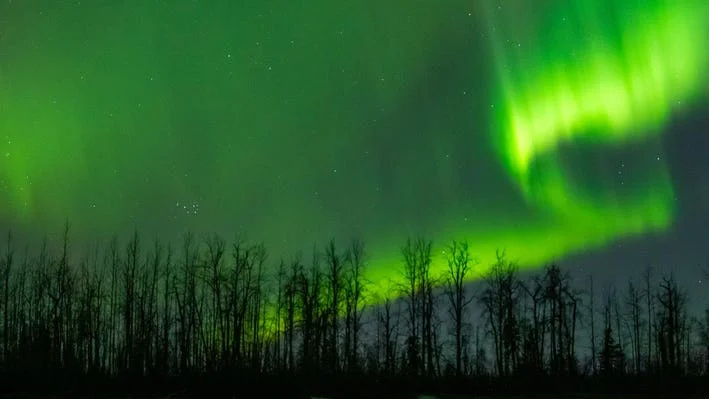
Aurora Alert: 8 US States Prepare for Potential Northern Lights Display
Get ready for a celestial spectacle! Several states in the northern US are bracing for a possible glimpse of the elusive Northern Lights, also known as the Aurora Borealis. Could tonight be the night you witness this breathtaking phenomenon?
According to the National Oceanic and Atmospheric Administration (NOAA), states along the Canadian border have a window of opportunity to witness the aurora. However, forecasts suggest that auroral activity will be calmer into the weekend. So, keep your eyes peeled!
Key Factors Influencing Visibility
The possibility hinges on the Kp index, a scale that measures auroral activity. A Kp index of three on a scale of nine indicates that the northern lights will move farther from the poles, potentially offering a visible display in approximately eight states, according to NOAA.
While Thursday presented a stronger opportunity, the forecast for Friday and Saturday suggests a slightly lower Kp index. However, potential radio blackouts are anticipated through the weekend due to strong solar flares, possibly impacting high-frequency radio communications alongside aurora visibility.

Where to Look
Specifically, parts of northeastern Washington, northern Idaho, Montana, North Dakota, northern Minnesota, Upper Michigan, and northern Wisconsin might catch a glimpse. Alaska and northern Canada remain prime viewing locations.
Tips for Optimal Viewing and Photography
NOAA recommends heading to a north-facing, elevated location, far from light pollution. The best time to view the northern lights is typically between 10 p.m. and 2 a.m. local time.
For photography enthusiasts, experts suggest a wide-angle lens with an F-stop of four or less, focused at the furthest possible setting. Smartphone users should activate night mode, lower the shutter speed, and disable the flash.
The Science Behind the Spectacle
The increase in auroral activity is attributed to the sun reaching its solar maximum, a peak in its 11-year cycle, which occurred in October 2024. This solar maximum period is expected to last into early 2026.
Aurora borealis is created when solar events, like coronal mass ejections and solar flares, send electrons that interact with oxygen and nitrogen molecules in Earth’s atmosphere. This interaction causes the molecules to become “excited” and then release the stunning colorful displays we know as the northern lights.
Will you be one of the lucky ones to witness the aurora borealis tonight? What are your favorite spots to chase the northern lights? Share your thoughts and experiences in the comments below!